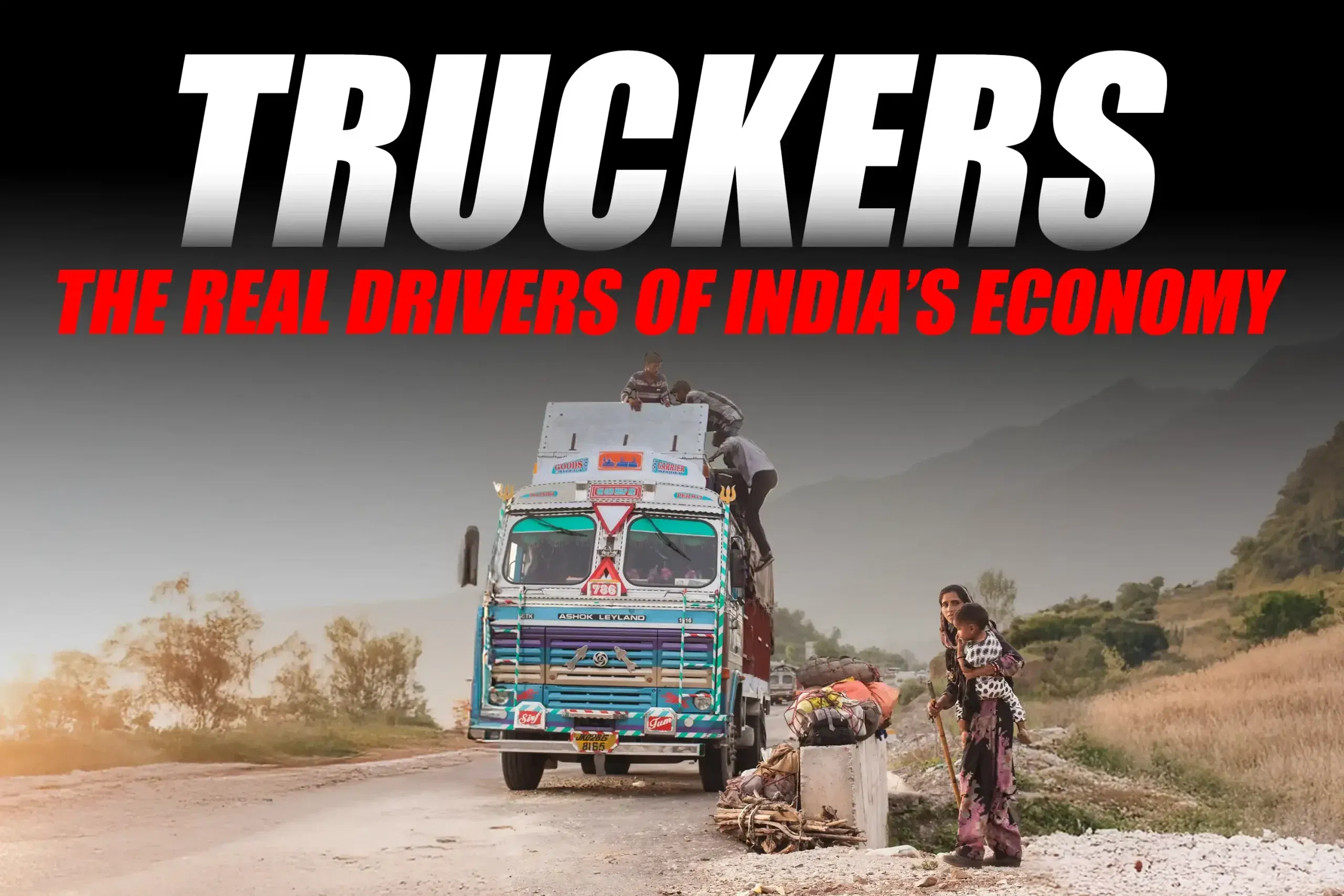Indian truck drivers are the backbone of the Indian logistics sector. They carry goods, raw materials, basic commodities and connect warehouses, factories, and city markets. Their activity keeps the Indian truck transport business running smoothly. Without them, companies, customers and even the economic development of the country would suffer extensively.
Backbone of Goods Transportation
As per the statistics of DAT, transport by road accounts for almost 70% of freight in India. Truck drivers are thus irreplaceable for transporting goods in India. Trucks transport industrial goods, farm produce and everyday essentials between states, connecting production hubs and markets effectively. India's truck count is anticipated to increase from 12.5 million to 14–15 million by 2028. This urbanization and industry growth-driven expansion enhances the dependence on drivers to ensure delivery timelines and cargo security.
India’s road freight industry ranks third globally in annual freight tonnage and second in road mileage. This scale underscores the essential role of truck drivers in India, ensuring that a vast logistics network functions smoothly across the country. Every year, India transports more than 4.6 billion tonnes of products by road. This demand is expected to increase to 9.6 trillion tonne-kilometers in 2050. Consistency, ability and toughness of drivers play a vital role in fulfilling this increasing demand and ensuring punctual delivery of goods and commodities.

Life of Indian Truck Drivers
Being an Indian truck driver is a high-stress occupation. Drivers are behind the wheel for long hours and often have unpredictable schedules. Driving can involve weeks away from home. Drivers drive on congested streets in cities, rural roads in poor condition and face uncertain weather patterns. When those conditions are difficult, truck drivers still prioritize the safety of the cargo, time frames for delivery and security of the goods themselves.
The greatest challenge concerning this population is the lack of drivers. DAT data indicates that there are only 55 drivers for every 100 trucks. Less drivers means trucks sit idle, cargo takes longer to arrive and there is an increased burden on those drivers still on the road. The demand for drivers is perpetuated even further because trucking as a mode of transportation is essential to the future viability of India.
Challenges and Technological Assistance
Truck drivers face numerous challenges: long hours, low pay, poor roads and health risks; other than technology (like GPS, fleet management software and electronic load-matching systems) that simply improve the processes. Nevertheless, human judgment, experience and flexibility cannot be replaced. On the go, drivers solve daily issues, handling mandatory stoppages and address unexpected challenges in real-time.
Driver shortages and conditions (like rest facilities, better insurance and safety programs) are most important to ensuring trucking and supply chain efficiency continues to thrive in India.
Conclusion
Indian truck drivers are the unsung heroes of the country's economy. The logistical and transportation space would not work without them (to support industrial activities) and they still link rural and urban markets. They use their skills, flexibility and resilience to arrive with products regularly, keeping the Indian truck movement alive, which ultimately supports the economic development of the country.
For more articles and news, stay updated with 91trucks. Subscribe to our YouTube channel and follow us on Facebook, Instagram, and LinkedIn for the latest videos and updates from the automotive world!
Related Stories:
A Day in the Life of a Long-Haul Truck Driver in India
Why Indian Trucks Are Painted So Brightly: 5 Interesting Facts









